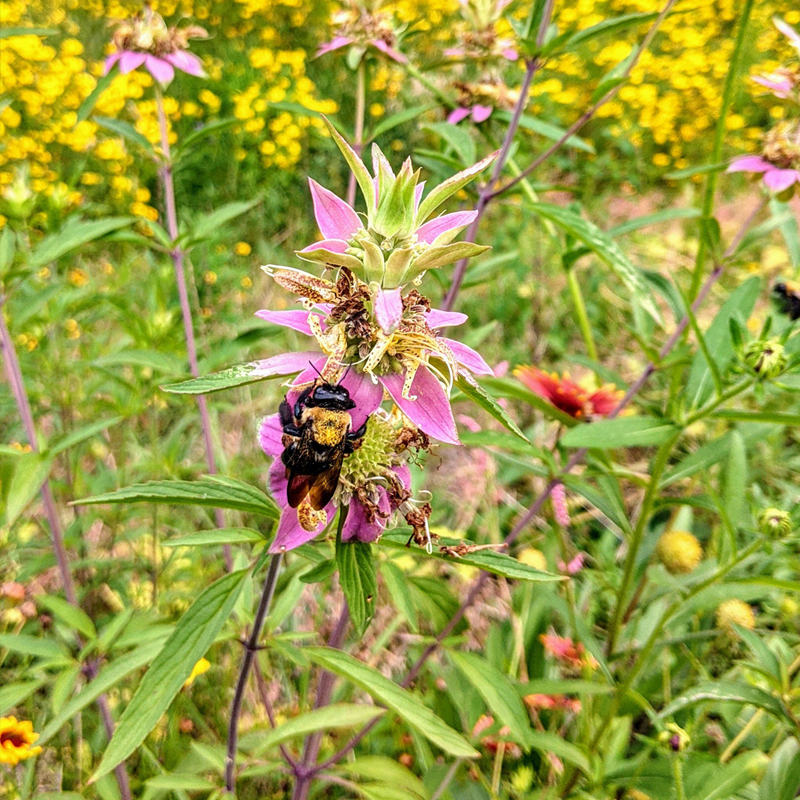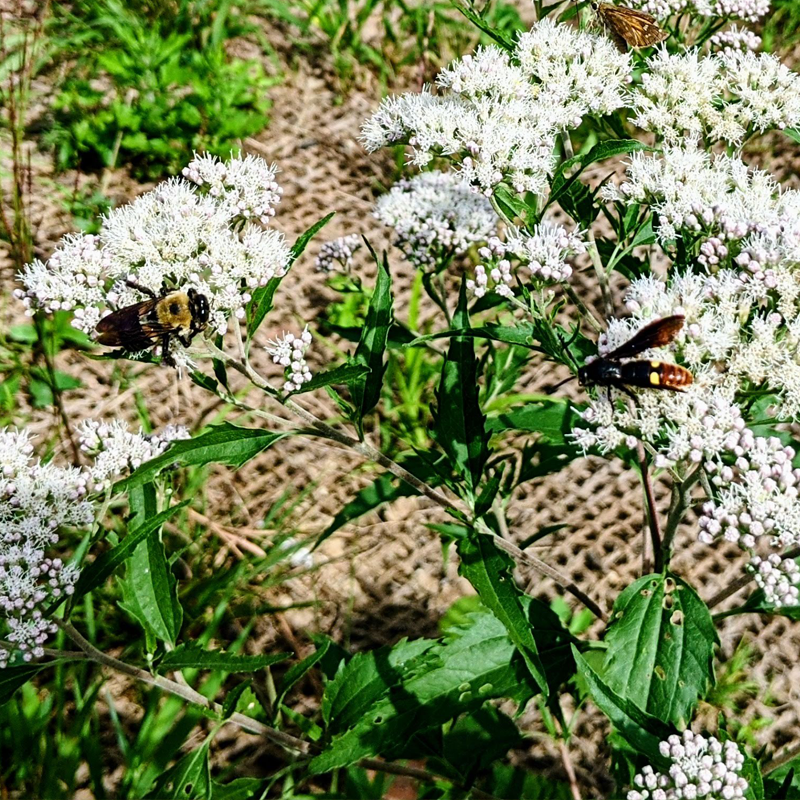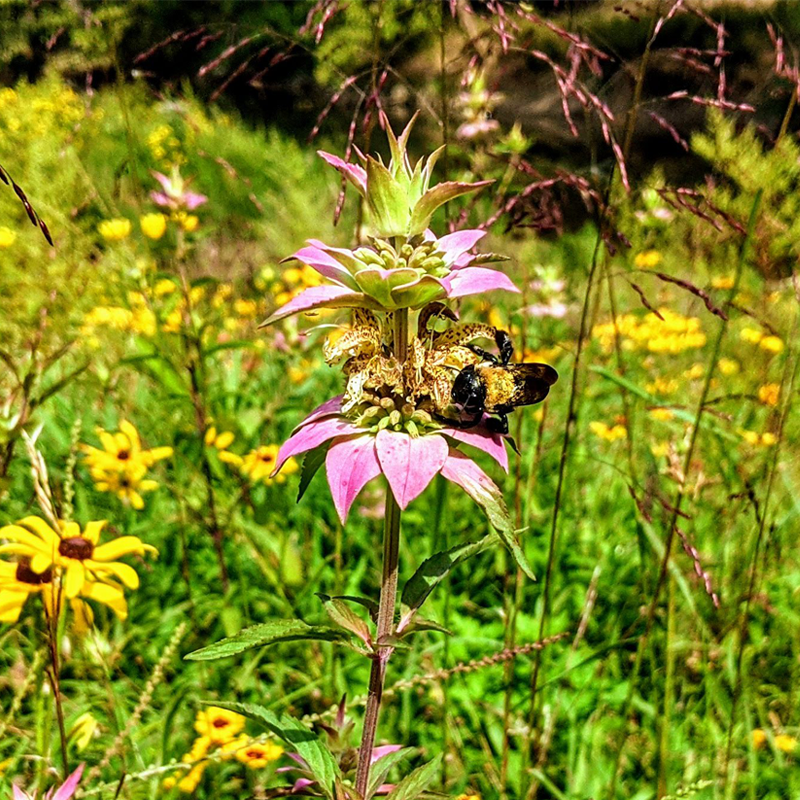Updates
Based on funding and permitting approvals, the project’s stream, floodplain and wetland restoration improvements are estimated to get underway as follows below. At the bottom of this page is a list of completed improvements.
Questions? Please contact us here.
This drone footage shows our excavating crew hard at work removing centuries’ worth of sediment and old dams that contribute to poor water quality on the Little Conestoga Creek. This is an essential first step before restoring native wetlands and habitat along the banks of the creek.
April 2024 to April 2025
The first of two sections of existing Lancaster city sanitary sewer lines will be replaced and relocated. Both of these sections are located on the east side of the Little Conestoga Creek. The first section to be replaced/relocated includes about 1,230 feet of sewer line on the north and south sides of Marietta Avenue. The second section includes about 1,170 feet of sewer north of Marietta Avenue beginning just north of the Norfolk Southern overpass; the timing of this replacement/relocation has not been finalized. The replacement/relocation of these sewer lines will facilitate future trail and restoration improvements (including the maximizing of legacy sediment removal) while enhancing the long-term function of these lines. Following the first phase of sanitary sewer relocation at Marietta Avenue, construction of the Conestoga House floodplain restoration will begin. Floodplain excavation and earth moving activities are anticipated to begin in Summer 2024 followed by erosion control matting installation and concluding with landscaping installation anticipated in Spring 2025.
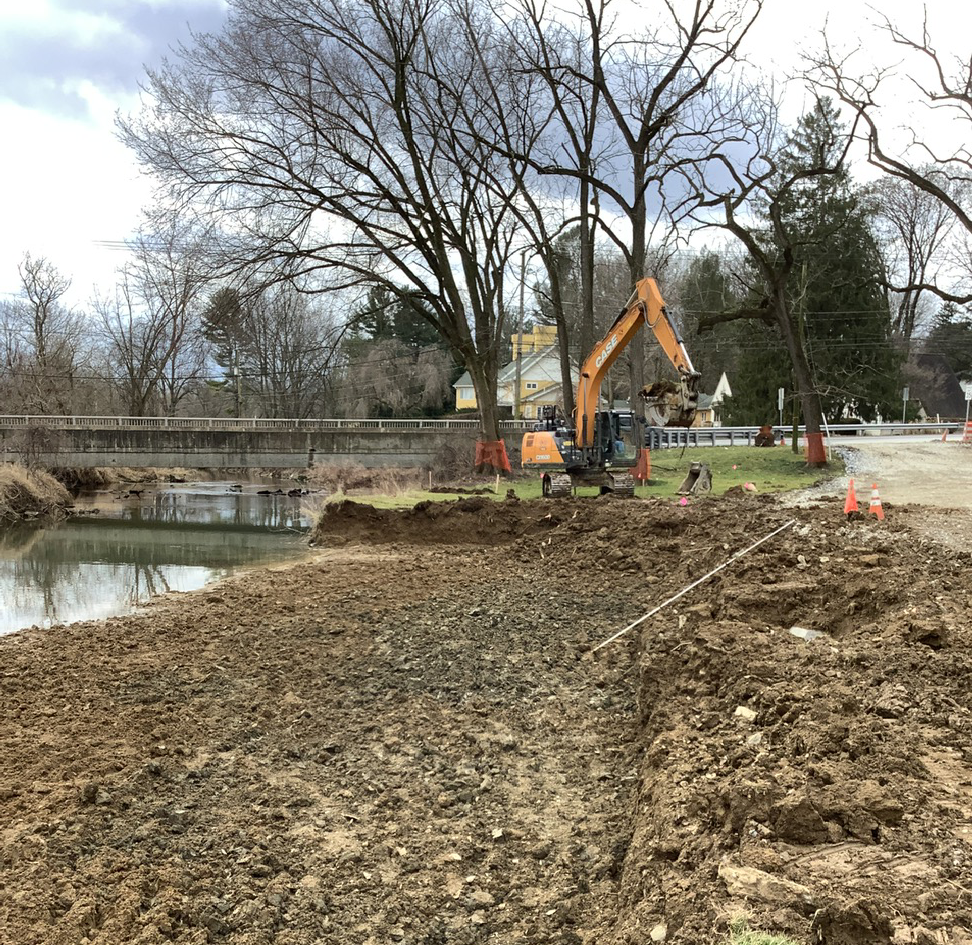
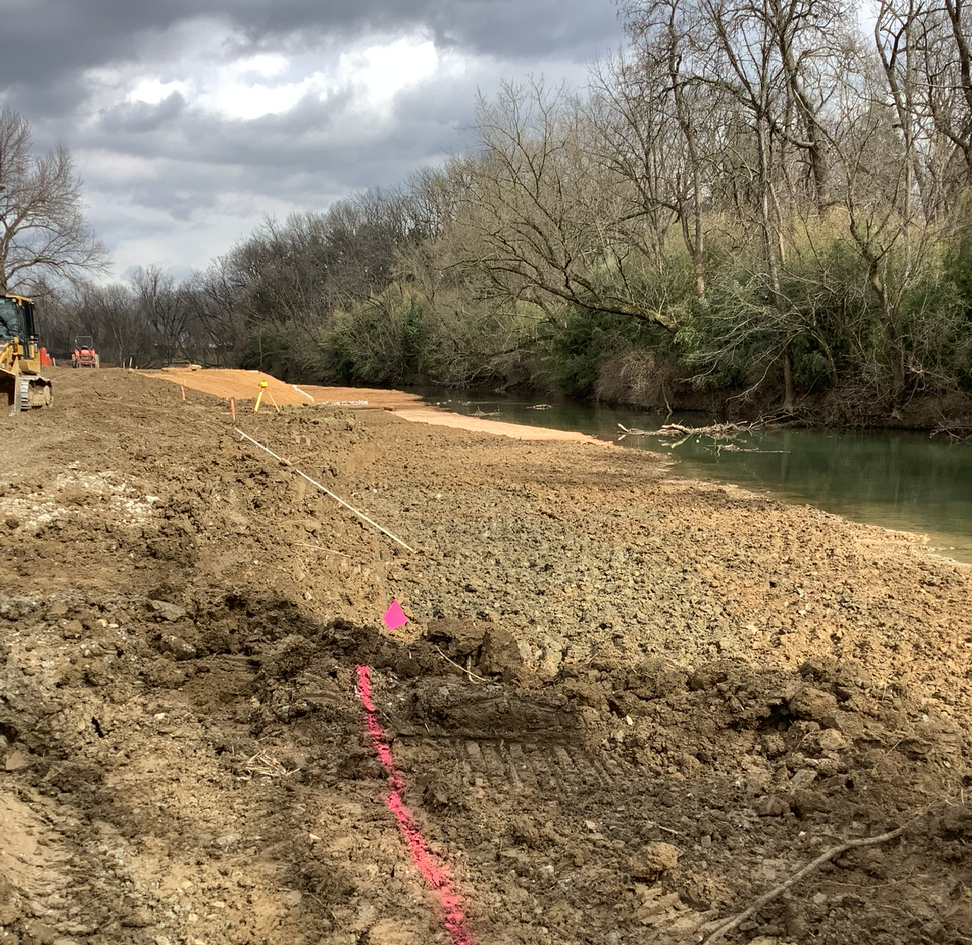
The photo below shows workmen putting down matting which is the next step relative to the placement of native plants in the restored floodplain.

July 2024 – April 2025
Floodplain restoration activities at Mennonite Home are planned for Spring 2024. The restoration site is located on the east and west sides of the Little Conestoga Creek, south of Harrisburg Pike. Sometime in April or May, site clearing of vegetation will begin with excavation and earth moving activities starting immediately following site clearing. Approximately, 12,000 cubic yards of legacy sediments will removed and relocated onto lands of the Lancaster County Solid Waste Authority. Following excavation, the floodplain will be seeded and erosion control matting installed with landscaping following thereafter. Spring 2025 will bring a restored floodplain vegetated with native plants, shrubs and trees.
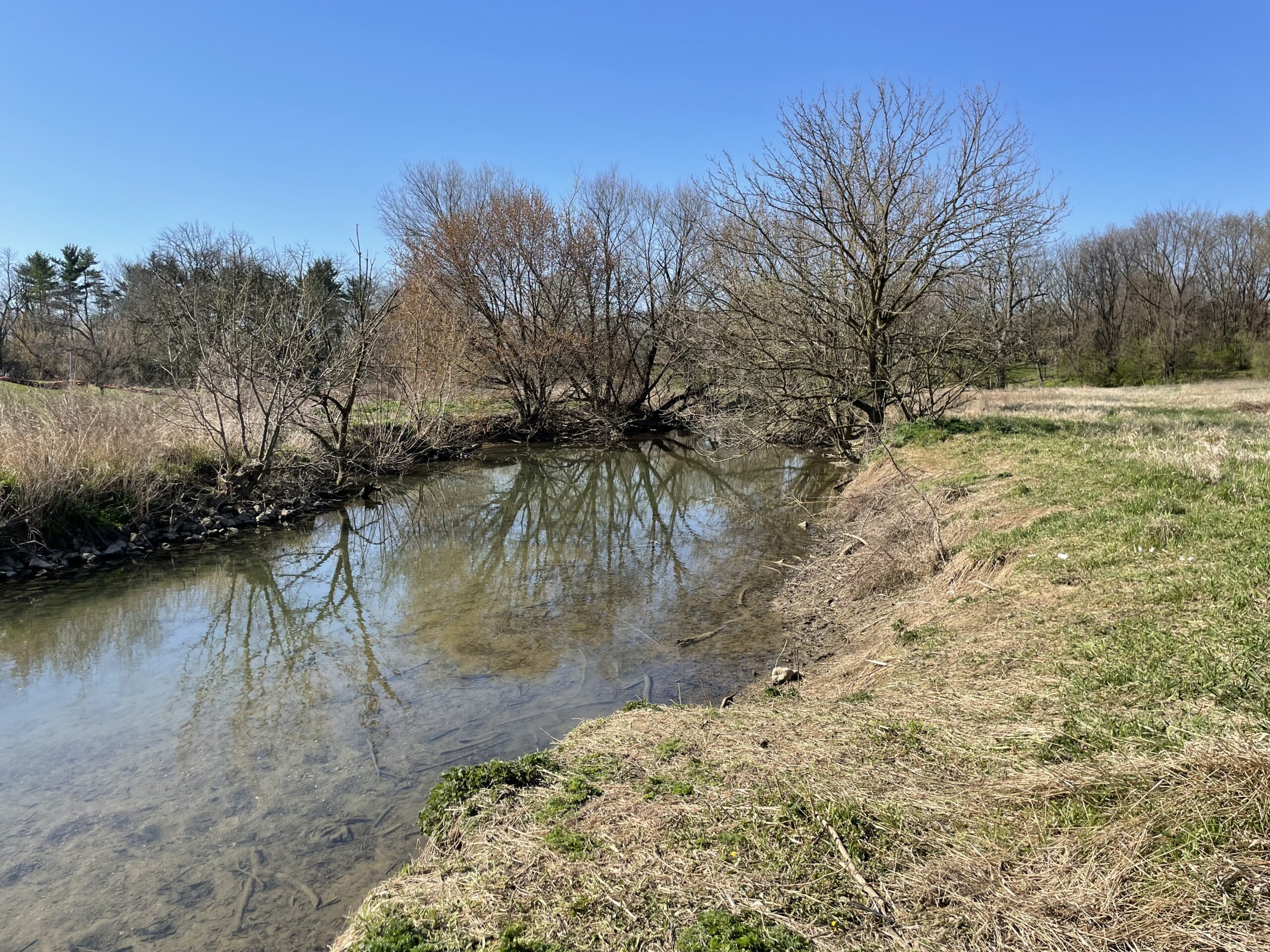
September 2024 – April 2025
Construction of the first segment of the trail (Green portion of the Blue/Green Corridor) will begin in the late Summer of 2024. The trail will begin at the intersection of West Roseville Road and Good Drive at the vacant daycare center owned by LGH. At this location a portion of the parcel on which the daycare center is located will be used for parking for a trailhead. The trail will proceed north on the east side of Good Drive to the Harrisburg Pike. At this location, the trail will cross over both to the west to the LGH Health campus trails and further north across Harrisburg Pike to an existing access drive. Improvements will be made to this intersection with Harrisburg Pike for the safety of walkers and bikers. The trail will proceed north on the access drive and will temporarily terminate at Shreiner Station Road. Construction of the trailhead and trail is expected to take approximately six months.

Completed
October 2022 to March 2023 – COMPLETED
Restoration improvements began in late November with removal of existing vegetation on the west side of the Little Conestoga Creek just north of Marietta Avenue. In early December earth moving operations began. Thereafter, roughly 13,000 cubic yards of legacy sediments were removed and relocated onto nearby lands of the Lancaster County Solid Waste Management Authority. After a several-months construction period, the streambank, floodplain and wetland areas were revegetated with native plant materials. Short- and long-term management and maintenance of the improvements have begun.
What’s buzzing at Barrcrest?
Bumble bees! And lots of other native pollinators like wasps, bees, and butterflies. Providing habitat for non-aggressive pollinators is one of the many ancillary benefits of floodplain restoration as evidenced here at our site, less than a year after construction.
